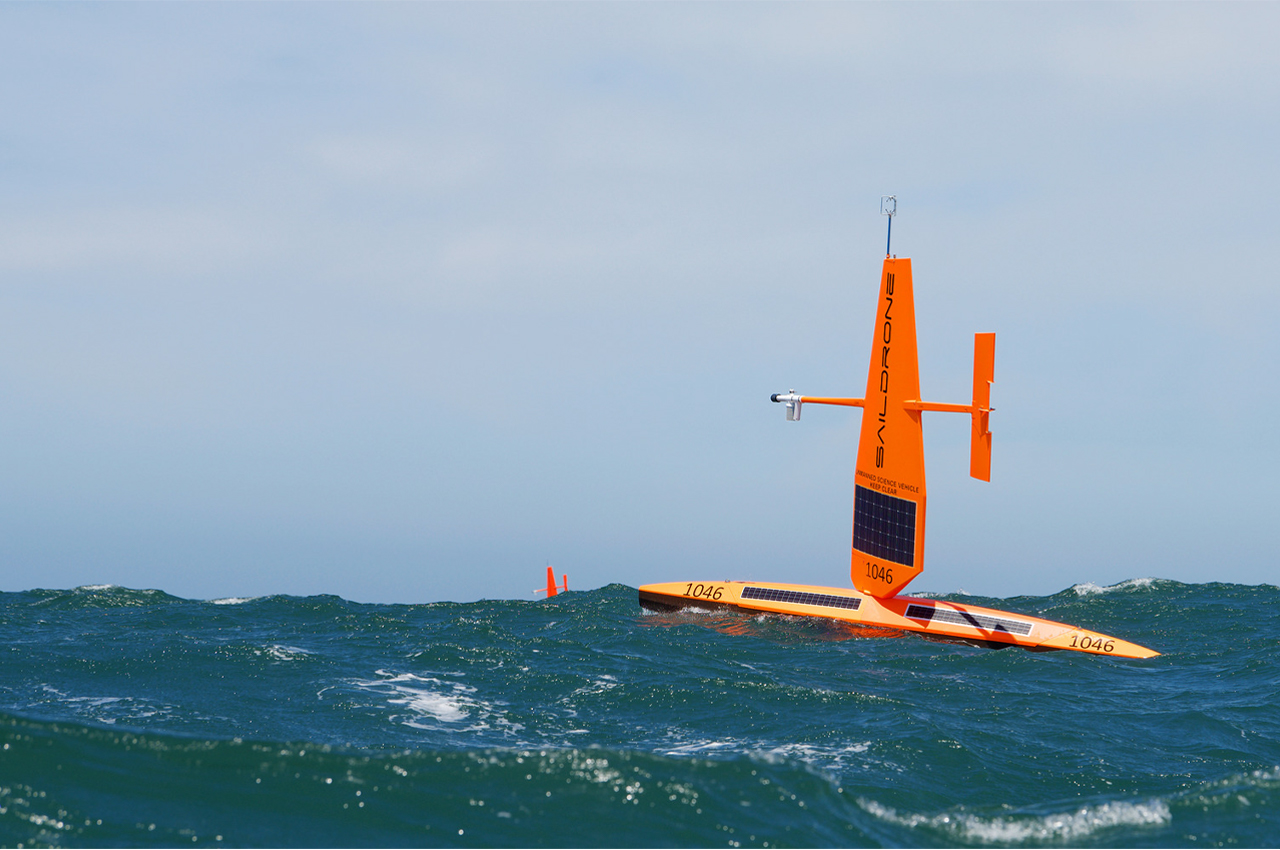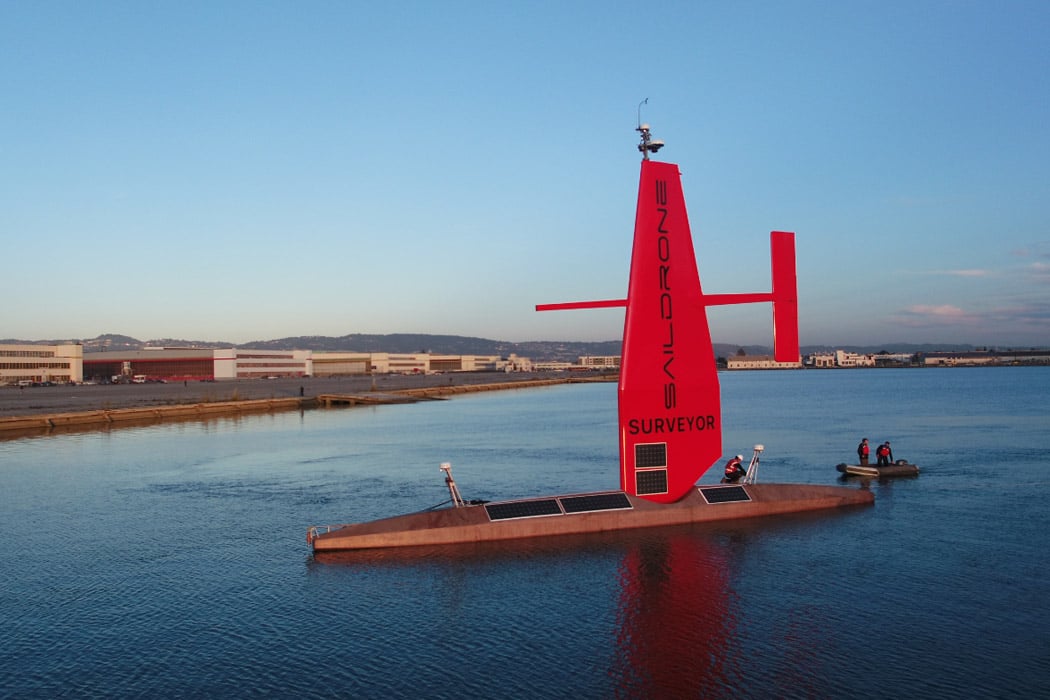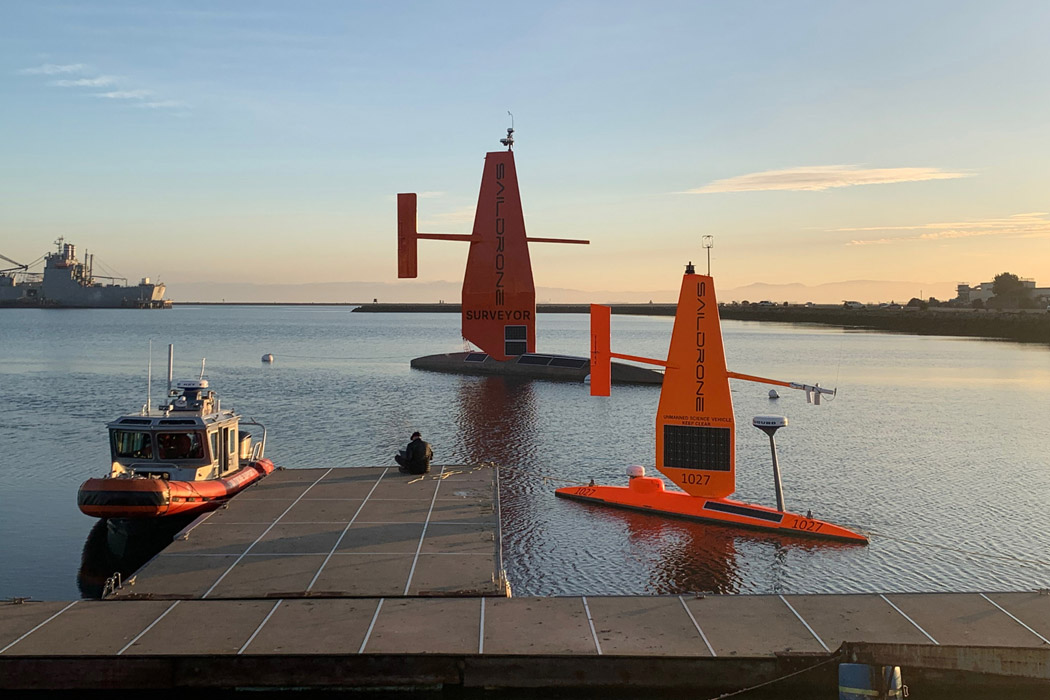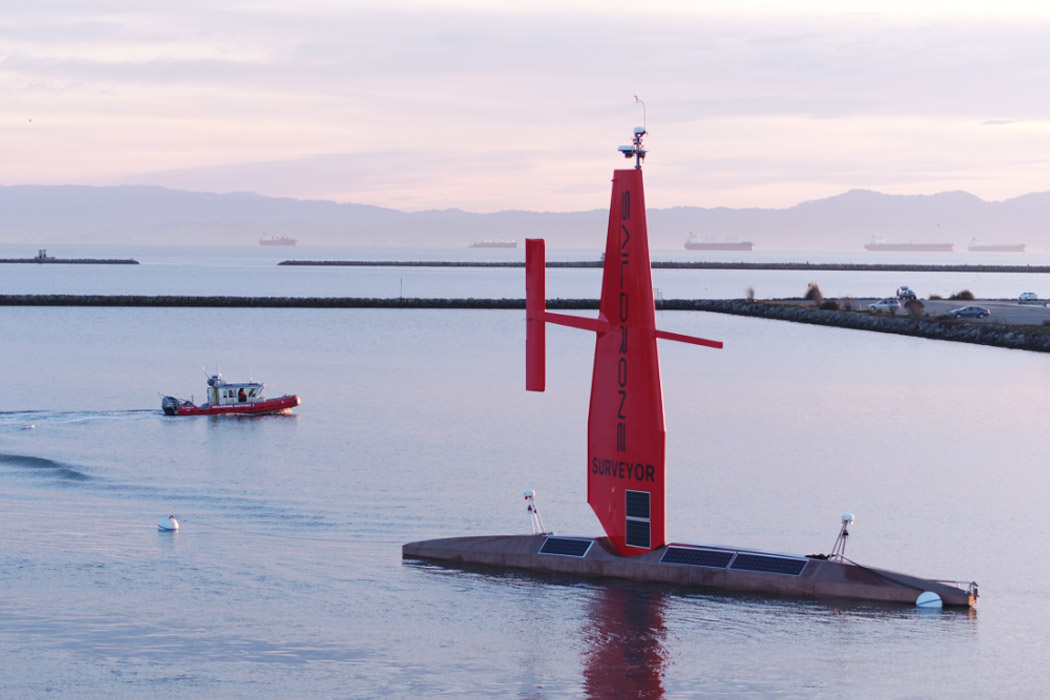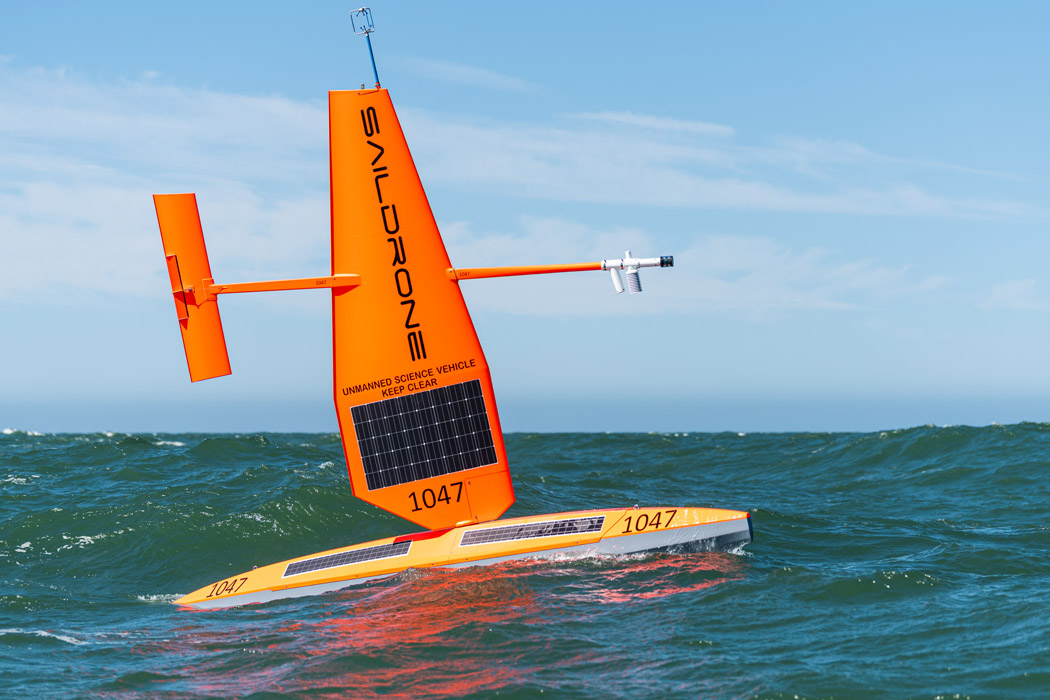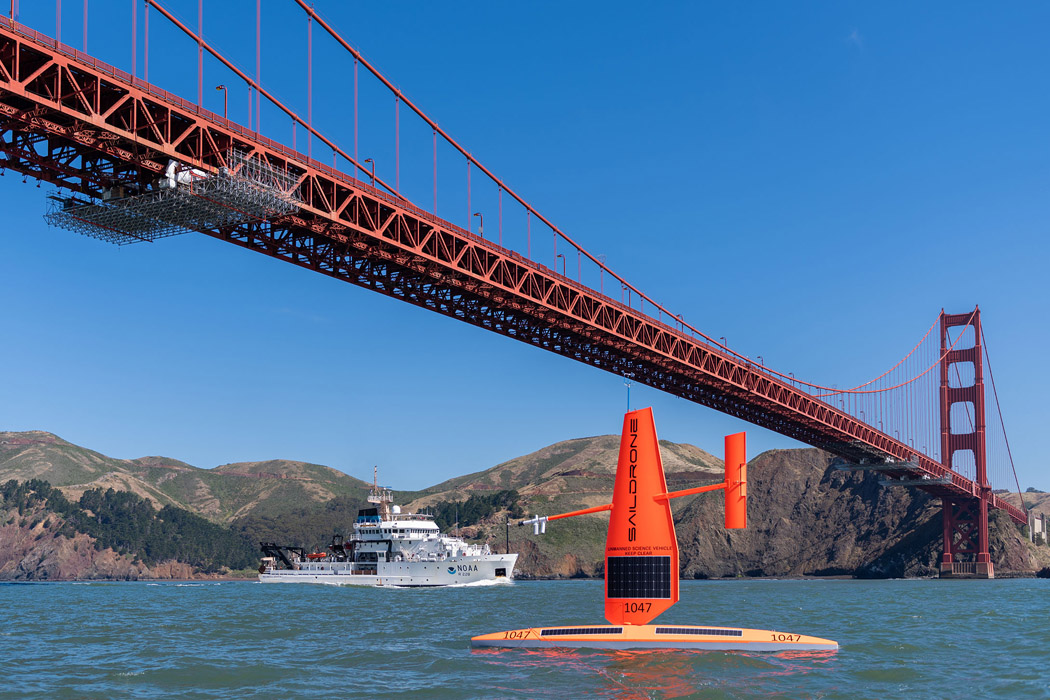Saildrone, a maritime research company and “world leader in oceangoing autonomous surface vehicles,” has launched a fleet of saildrones to collect first-of-its-kind hurricane data via advanced sensors and AI technology.
It’s been said we know more about outer space than we know about the ocean. In the grand scheme of Earth, we might not know too much about the deep blue that surrounds us, but that doesn’t mean it can’t tell us about the rest of our world. Today, a fleet of five autonomous saildrones has been launched from Florida and the Virgin Islands by Saildrone, a maritime research company, to collect data on hurricanes, spending three months at sea where the fleet will compile the first hurricane research of its kind completed by ‘uncrewed’ surface vehicles (USVs).
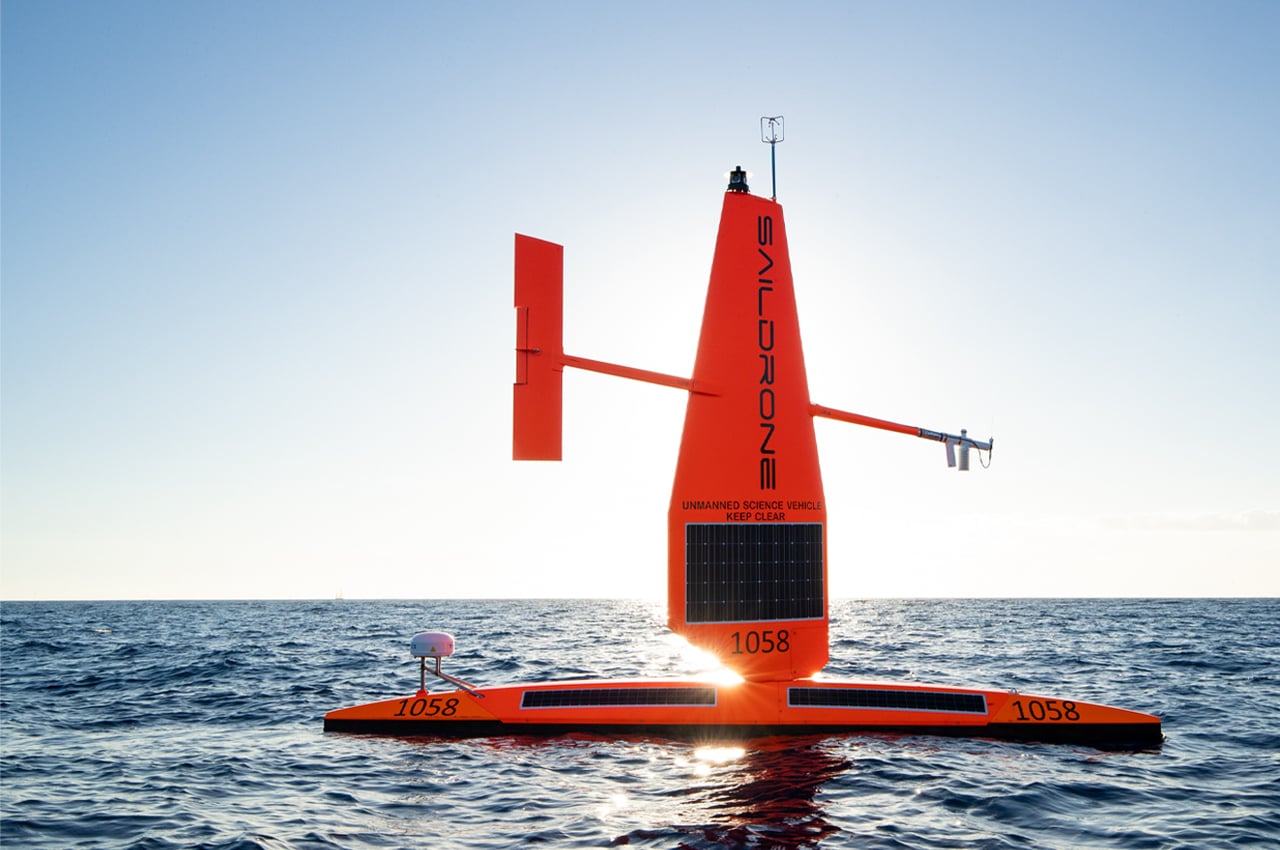
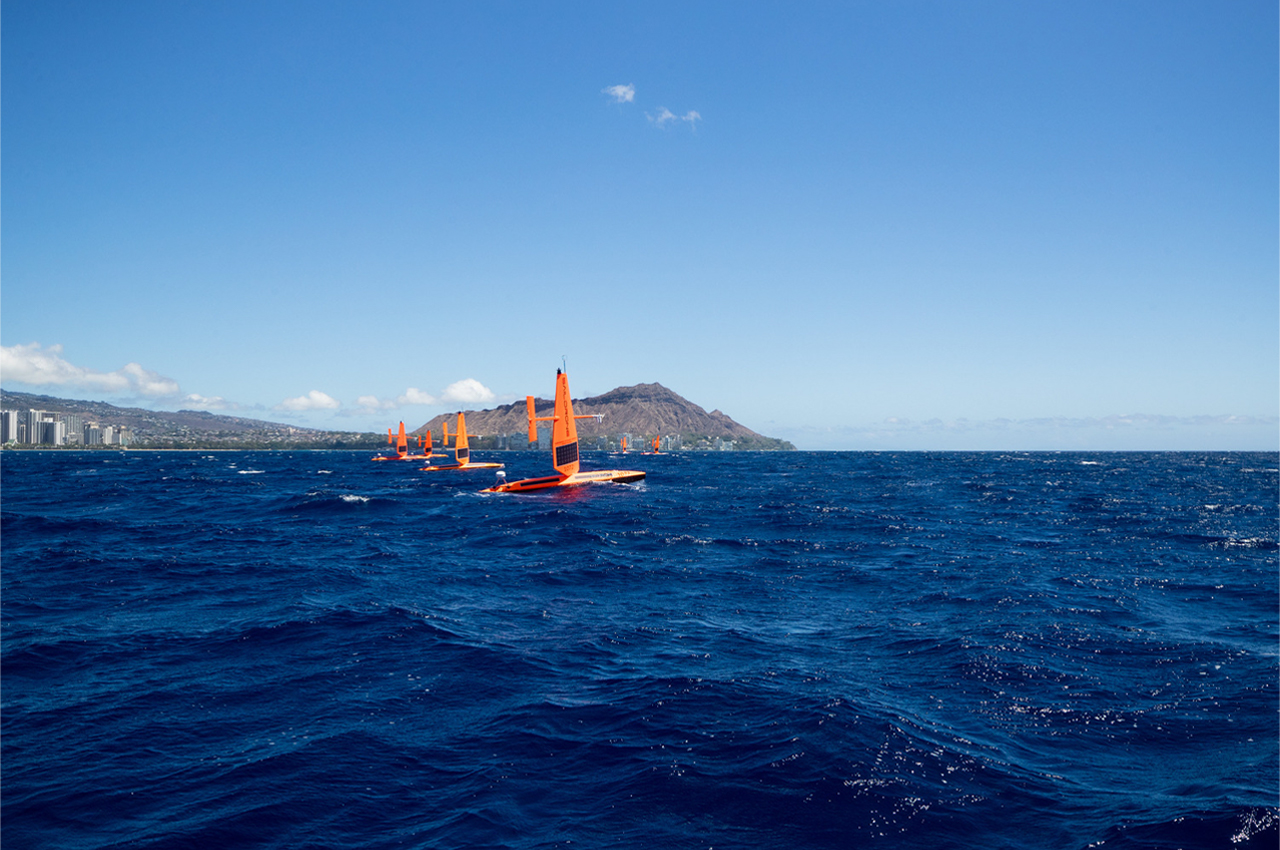
With news regarding climate change and tropical storms flooding our timelines, our eyes and ears are more tuned in than ever in anticipation of new data. For decades, the ocean has provided scientists with the data necessary to understand climate change, hurricanes, carbon cycling, and maritime security.
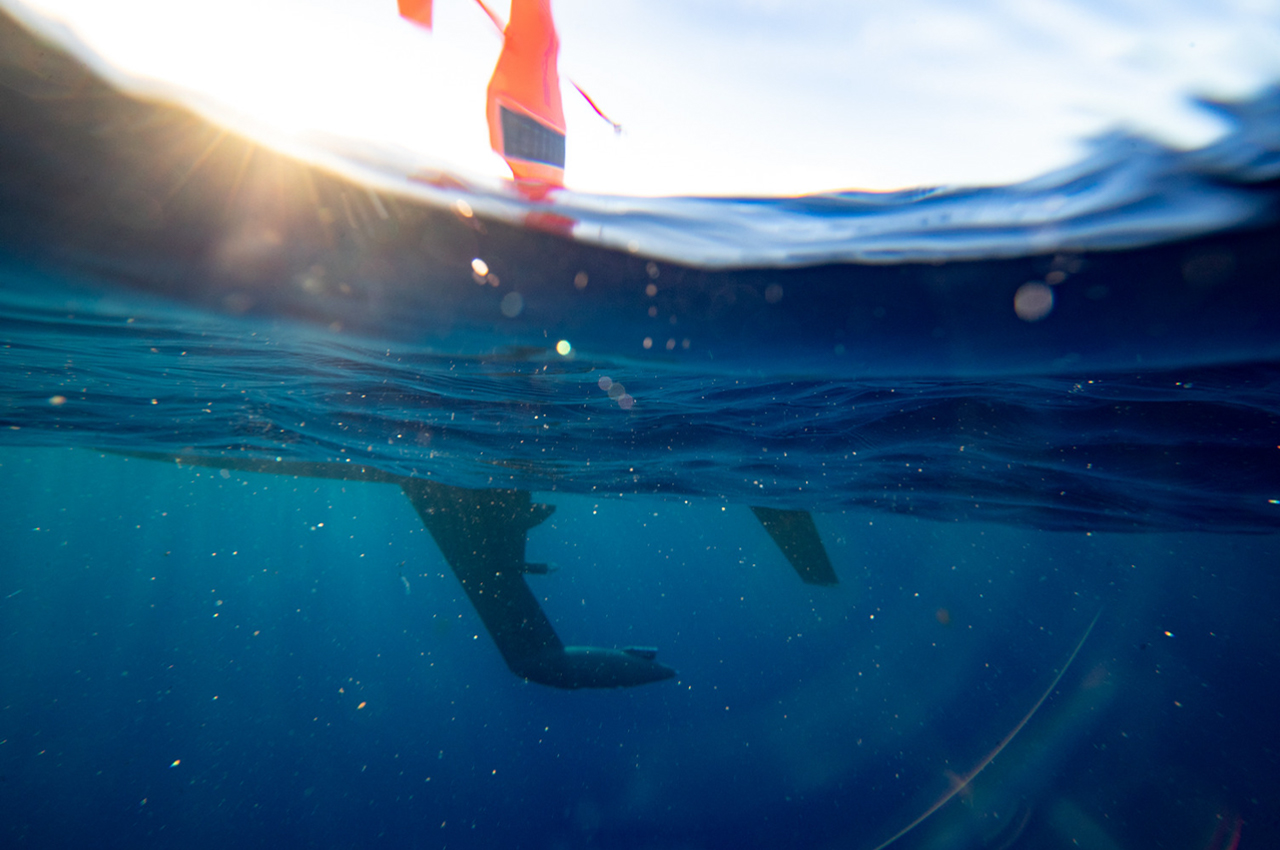
The fleet of saildrones is comprised of solar and wind-powered USVs that acquire data on climate change and weather conditions through AI technology and over 20 advanced sensors, leaving a minimal carbon footprint while exploring international ocean waters. Amounting to around 1,500 pounds, each saildrone comes equipped with a photovoltaic sail that’s designed to keep each saildrone powered up as it sails right into the eye of a hurricane.
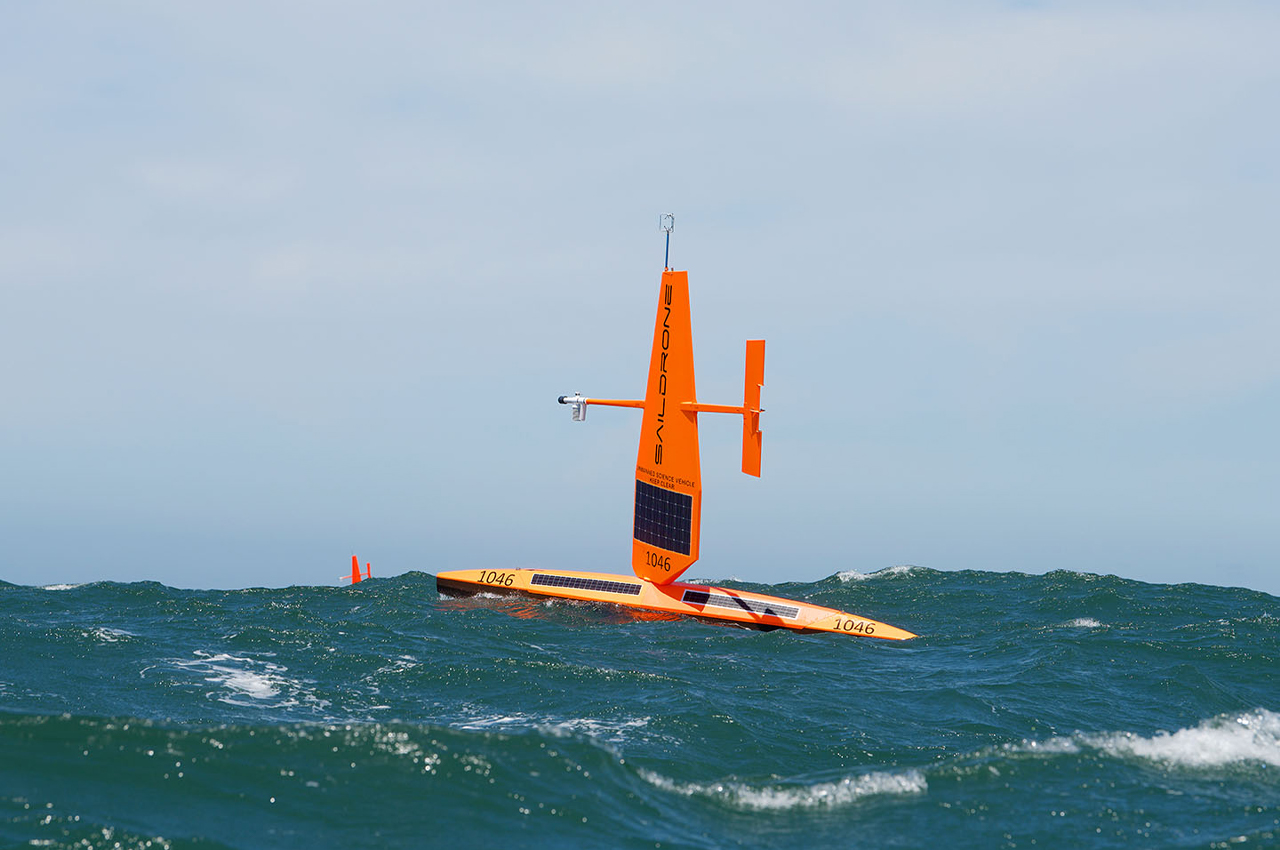
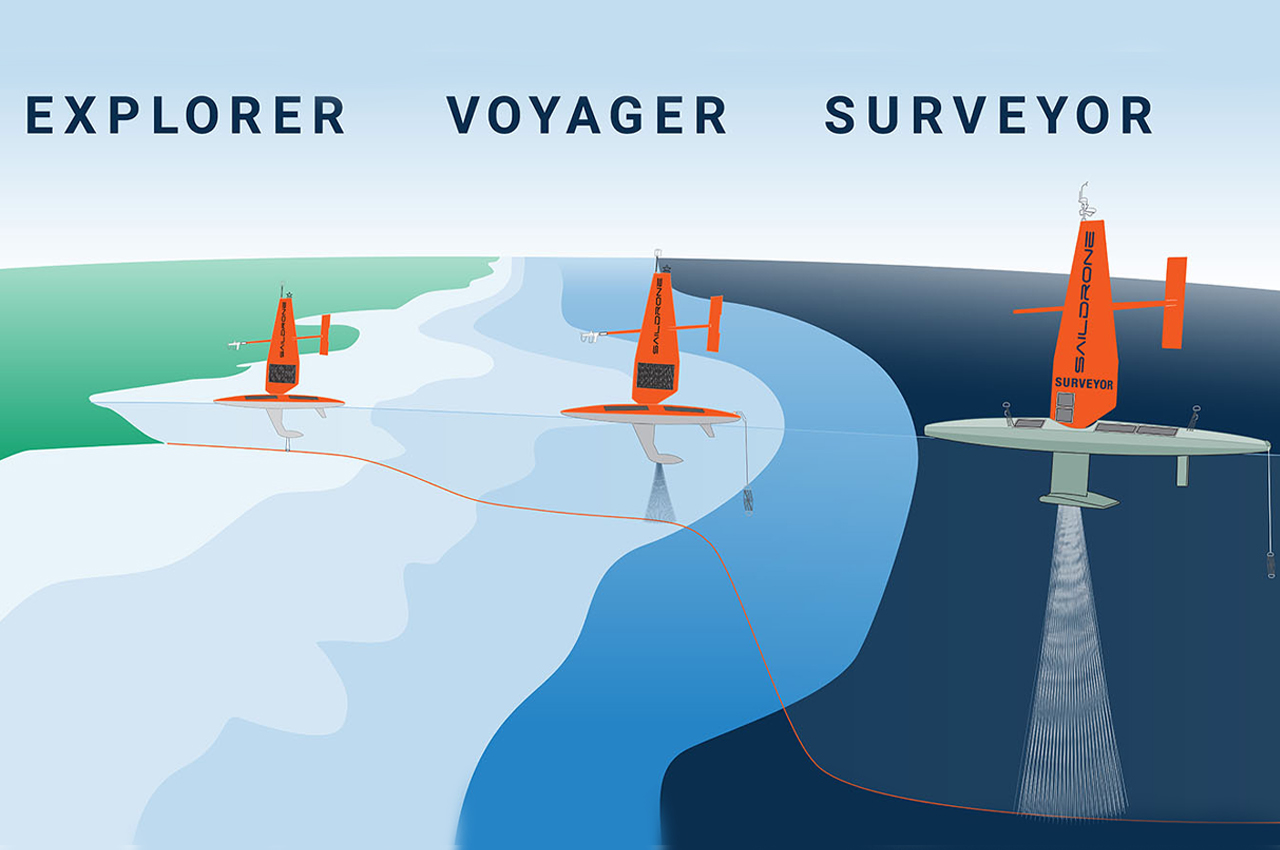
All in an effort to understand hurricanes and global weather events, for years Saildrone has been developing the technology necessary to map the ocean floor while measuring water temperature, salinity, chemical composition. Once programmed for navigation, the saildrones can sail autonomously from waypoint to waypoint.
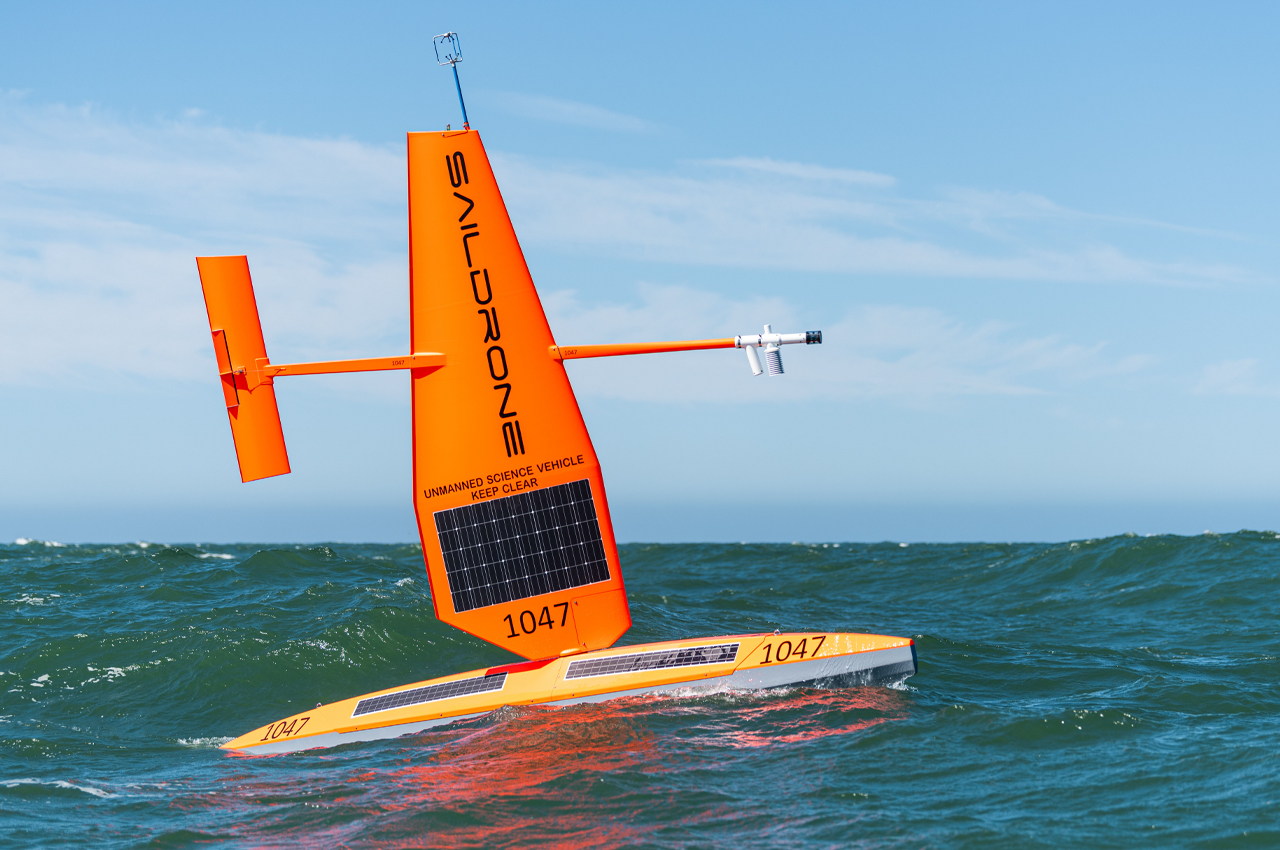
During their voyage, the USVs remain within a user-defined safety corridor and are monitored by a Saildrone Mission Control operator. Spanning from Arctic waters to the Atlantic Ocean, saildrones have collected data on weather and climate science from waters all over the globe.
Designer: Saildrone
